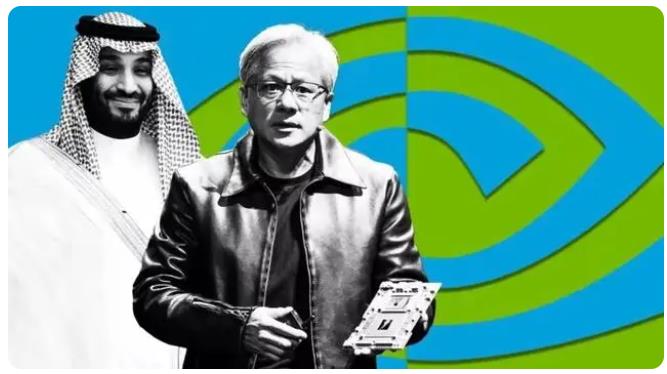On August 15, the British media "Financial Times" (FT) reported that Saudi Arabia and the United Arab Emirates (UAE) have joined the global artificial intelligence (AI) arms race by investing in Nvidia's high-performance chips essential for AI software. The two countries aim to become leaders in AI by implementing an ambitious plan to accelerate the transformation of their economies.
The FT highlighted that as technology giants worldwide scramble to buy Nvidia chips, Saudi Arabia and the UAE have become the latest countries to join the race. Sources say that Saudi Arabia has purchased at least 3,000 Nvidia H100 chips, worth about $120 million, through the public research institution King Abdullah University of Science and Technology (KAUST). The chips, considered the world's first designed specifically for generative artificial intelligence, are expected to be delivered by the end of this year.

Insiders also revealed that KAUST currently has at least 200 A100 chips, and the university is developing a supercomputer called "Shaheen III," which will be put into use this year. The computer will run 700 of Nvidia's new Grace Hopper "super chips," designed for cutting-edge artificial intelligence applications. Saudi Arabia plans to use these chips to develop their large language models independently, similar to OpenAI's GPT-4.
Meanwhile, the UAE already has access to thousands of Nvidia chips and has developed its own open-source large-scale language model called "Falcon." FT stated that Falcon was trained using 384 A100 chips for two months earlier this year, making it one of the best models in the open-source world.
In recent years, the UAE has actively pursued AI development, becoming the first country to establish an AI department in 2017. OpenAI CEO Sam Altman praised Abu Dhabi for its foresight in recognizing AI's importance during his visit in June. According to a representative from the UAE Industrial Development Authority, Abu Dhabi has also purchased a new batch of Nvidia chips to prepare for more applications and cloud services related to large language models.
The UAE hopes to control its computing power and talent teams independently, creating its own platform instead of relying on China or the United States. "It's important that they have the money and resources to do that while attracting the best global talent," said an insider.
In addition to acquiring high-end chips, both countries are attracting AI talents and technologies on a global scale. The large-scale language model in Saudi Arabia is being developed by KAUST's Trusted Intelligence and Data Analysis Laboratory, led mostly by Chinese researchers. Hindered by restrictive US government policies, they chose to work in Saudi Arabia.
The two countries have also sought cooperation from Western AI startups through their well-known sovereign wealth funds. CEOs of two European AI companies mentioned that representatives from the Gulf countries had invited them to exchange computing resources for expertise in code and large language models.
In April, the "Gulf Times" cited a PricewaterhouseCoopers report forecasting that, by 2030, artificial intelligence would account for nearly 14% of the UAE's GDP and 12.4% of Saudi Arabia's GDP. AI could contribute $135 billion to the Saudi economy, making the country the biggest beneficiary of the technology in the Middle East.
Relevant information:
Two countries rush to buy Nvidia chips
Nvidia launches a new generation of GH200 Grace Hopper super chip platform

